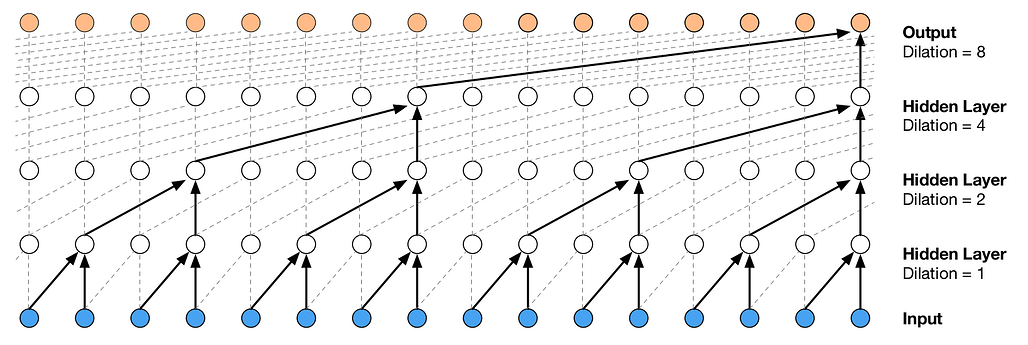- 아래 답변은 OpenAI의 GPT-4o 모델로 자동 생성한 것으로, 정확하지 않을 수 있습니다.
- 잘못된 답변을 보셨다면 댓글로 첨삭 지도 부탁드립니다.

안녕하세요! 제조 공정에 따른 예측 모델을 만드시는 과정에서 어려움을 겪고 계신 것 같네요. 특히 어텐션 구조를 적용한 모델을 찾고 계신데, 관련된 레퍼런스를 찾기 어려워서 도움을 요청하신 것 같습니다.
제조 공정 데이터를 단계별로 예측하는 모델을 만들고 싶으신 것 같은데요, 이를 위해 어텐션 메커니즘을 적용한 시계열 예측 모델을 제안드릴 수 있습니다. 어텐션 메커니즘은 특히 시계열 데이터나 순차적인 데이터에서 중요한 정보를 강조하는 데 유용합니다.
해결 방안
- 데이터 준비: 초기 데이터, 1차 데이터, 2차 데이터 등 단계별로 데이터를 준비합니다.
- 모델 설계: 어텐션 메커니즘을 포함한 시계열 예측 모델을 설계합니다.
- 모델 학습: 준비된 데이터를 사용하여 모델을 학습시킵니다.
- 예측 수행: 학습된 모델을 사용하여 각 단계별로 예측을 수행합니다.
예제 코드
아래는 PyTorch를 사용하여 어텐션 메커니즘을 포함한 시계열 예측 모델을 구현한 예제 코드입니다.
import torch
import torch.nn as nn
import torch.optim as optim
# 어텐션 메커니즘 정의
class Attention(nn.Module):
def __init__(self, hidden_dim):
super(Attention, self).__init__()
self.hidden_dim = hidden_dim
self.attn = nn.Linear(hidden_dim, hidden_dim)
self.v = nn.Parameter(torch.rand(hidden_dim))
def forward(self, hidden, encoder_outputs):
attn_weights = torch.bmm(encoder_outputs, hidden.unsqueeze(2)).squeeze(2)
attn_weights = torch.softmax(attn_weights, dim=1)
context = torch.bmm(attn_weights.unsqueeze(1), encoder_outputs).squeeze(1)
return context, attn_weights
# 시계열 예측 모델 정의
class Seq2SeqAttention(nn.Module):
def __init__(self, input_dim, hidden_dim, output_dim):
super(Seq2SeqAttention, self).__init__()
self.encoder = nn.LSTM(input_dim, hidden_dim, batch_first=True)
self.decoder = nn.LSTM(hidden_dim, hidden_dim, batch_first=True)
self.attention = Attention(hidden_dim)
self.fc = nn.Linear(hidden_dim, output_dim)
def forward(self, src, trg):
encoder_outputs, (hidden, cell) = self.encoder(src)
decoder_outputs, _ = self.decoder(trg, (hidden, cell))
context, attn_weights = self.attention(hidden[-1], encoder_outputs)
output = self.fc(context)
return output, attn_weights
# 데이터 준비 (예시)
src = torch.rand((32, 10, 5)) # (batch_size, seq_len, input_dim)
trg = torch.rand((32, 10, 5)) # (batch_size, seq_len, input_dim)
# 모델 초기화 및 학습
model = Seq2SeqAttention(input_dim=5, hidden_dim=64, output_dim=1)
criterion = nn.MSELoss()
optimizer = optim.Adam(model.parameters(), lr=0.001)
# 학습 루프
for epoch in range(100):
optimizer.zero_grad()
output, attn_weights = model(src, trg)
loss = criterion(output, trg[:, -1, :])
loss.backward()
optimizer.step()
if epoch % 10 == 0:
print(f'Epoch {epoch}, Loss: {loss.item()}')
# 예측 수행
with torch.no_grad():
test_output, test_attn_weights = model(src, trg)
print(test_output)
이 코드는 기본적인 어텐션 메커니즘을 포함한 시계열 예측 모델을 구현한 것입니다. 실제 데이터에 맞게 모델 구조와 하이퍼파라미터를 조정해야 할 수 있습니다.
참고 링크
추가 설명이 필요하시거나 다른 질문이 있으시면 언제든지 말씀해 주세요. 제 답변이 틀릴 수도 있으니, 꼭 여러 자료를 참고하시길 권장드립니다. 화이팅입니다!
- 이 답변이 도움이 되셨나요? 괜찮았다고 생각하신다면 아래
 를 한 번 눌러주시길 부탁드려요!
를 한 번 눌러주시길 부탁드려요!
![]()
